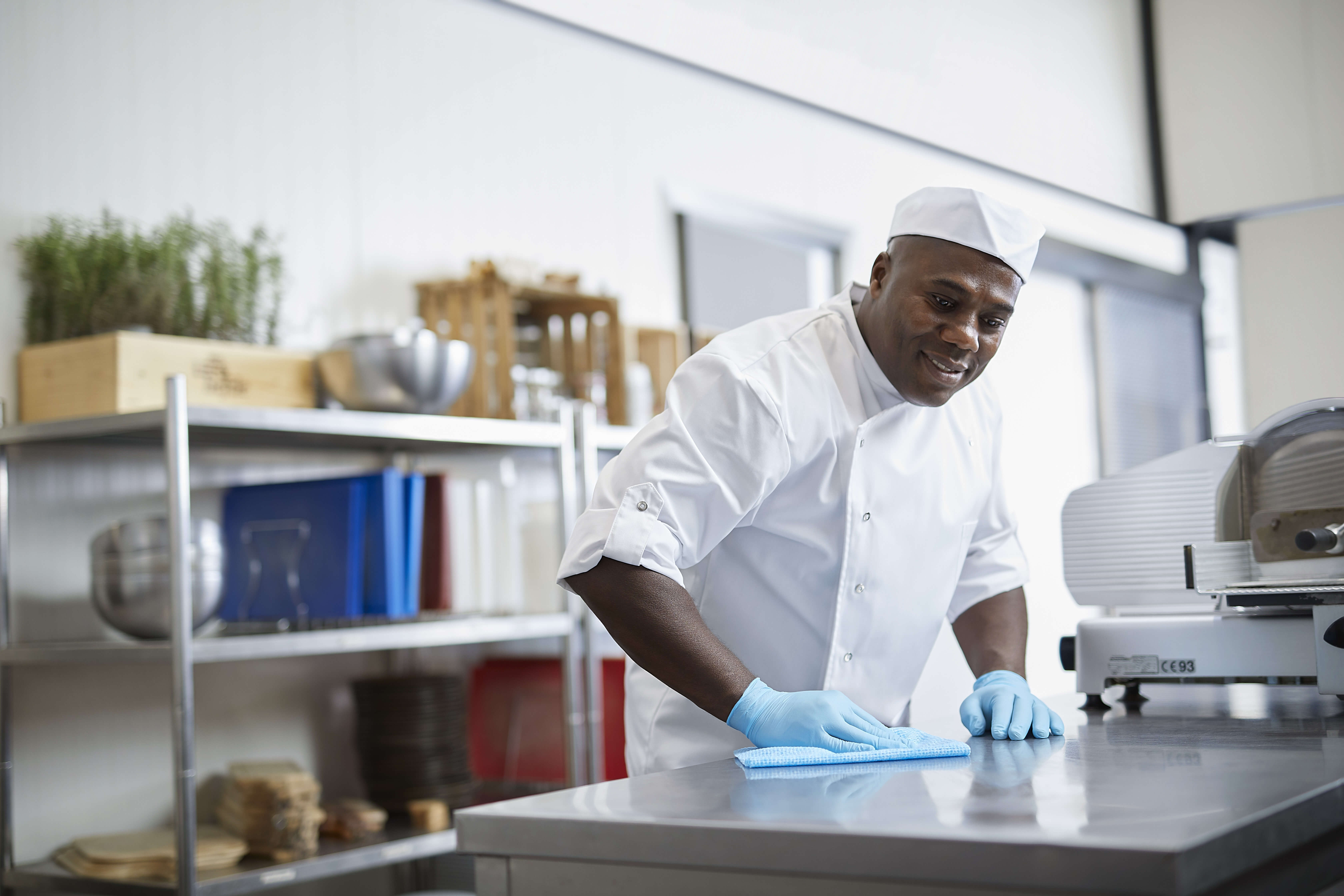The outbreak of the COVID-19 disease (COVID-19) caused by the SARS-CoV-2 virus is affecting a large number of countries across the globe. Coronaviruses are a large family of viruses that are common in humans and many different species of animals, including camels, cattle, cats, and bats. Rarely, animal coronaviruses can infect people and then spread between people.
Although wild animals in China were the likely source of the initial infection, the virus is spreading from person to person mainly via respiratory droplets that people sneeze, cough, or exhale. There is currently no evidence that food is a likely source or route of transmission of the virus.
The Jump From Wild Animals To Humans
The Coronavirus is zoonotic, meaning it jumps from animals to people. But how did that work exactly? Scientists are trying to trace the exact source of the outbreak and find out how the coronavirus jumped from animals to humans. They are convinced that the novel virus circulates in wildlife. Eventually an infected animal is captured, and a person somehow catches the disease, then passes it on to workers at a wildlife market. A potential global outbreak is born.
The link with bats has been confirmed by genetic research. Scientists cracked the code of the new virus, taken from the body of a patient and found the same genome on bats in China. The mammals gather in large colonies, fly long distances and are present on every continent. Bats rarely get sick themselves, but have the opportunity to spread the pathogens far and wide.
Recently a group of researchers believes the corona virus has crossed-over the animal-human barrier via the pangolin, an ant eating mammal yet this hasn’t been officially confirmed and the race to find the source in wildlife continues.
Consumption Of Wild Animals
The now-shuttered market which sold live animals including wolf pups, foxes, rats, snakes, and peacocks had previously been reported as the epicenter of the virus. Thirty-one of the 33 positive samples were collected from the western zone of the market, where booths of wildlife trading concentrated.
The result suggests that the novel coronavirus outbreak is highly relevant to the trading of wild animals and another reminder that people should limit direct contact with and the consumption of wild animals to prevent zoonotic infections. China has suspended the buying and selling of wild-animal products, which are commonly used for food, fur and in traditional medicines. Reports suggest this may be made permanent.
Can The Virus Be Passed On Through Food?
With the number of cases of Corona (COVID-19) rising, it is natural for people to become worried about the safety of day-to-day activities. Anxieties about the safety of the food supply have come to the forefront. Is food from affected countries safe to eat? Could foods be contaminated by food handlers?
Researchers are still learning the specifics of how COVID-19 is transmitted, but we do know that the disease is spread through droplets that are released from the nose or mouth when someone coughs, sneezes or exhales. Disease transmission becomes possible when someone inhales or swallows these droplets or touches their eyes, mouth or nose after coming into contact with surfaces where these droplets land.
As of now, there’s no evidence of COVID-19 transmission through food. Coronaviruses need a host (animal or human) to grow in and are not believed to grow in food.

Common Sense When Preparing Food
Just as with the seasonal flu, an infected food handler could possibly spread the virus to people or surfaces in their environment. But that virus could only then infect someone else if they directly inhale the germs or touch their nose, mouth, or eyes with contaminated hands.
Through common sense, the risk that any flu-like virus such as Corona poses to our food supply can be easily avoided:
- Anyone who handles food - from a person cooking at home to chefs to wait staff at restaurants - must follow safe food-handling guidelines. These include frequent hand-washing, sticking to cooking times and temperatures, and proper scrubbing and washing of fresh produce. A virus can live on surfaces and infect others after being deposited on the surface, so there is little chance that fruits and vegetables would carry an infection risk all the way to the market.
- The WHO recommends that any food service worker be advised to stay home from work if they experience flu-like symptoms. Employers bear the responsibility to keep a hygienic workplace and to alert their workers to any potential risks.
- Everyone must regularly wash their hands thoroughly with soap and water for at least 20 seconds and avoid touching their nose, mouth, or eyes.





